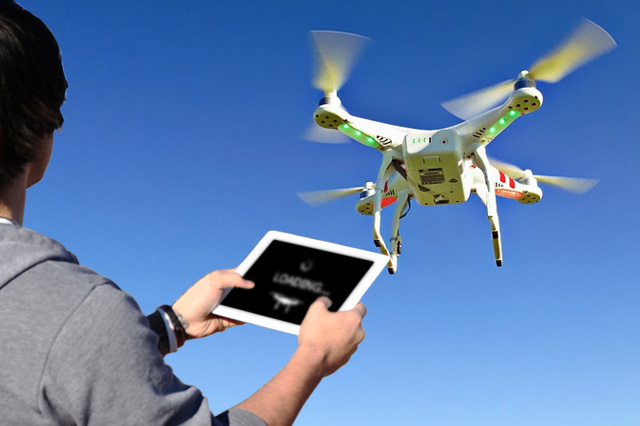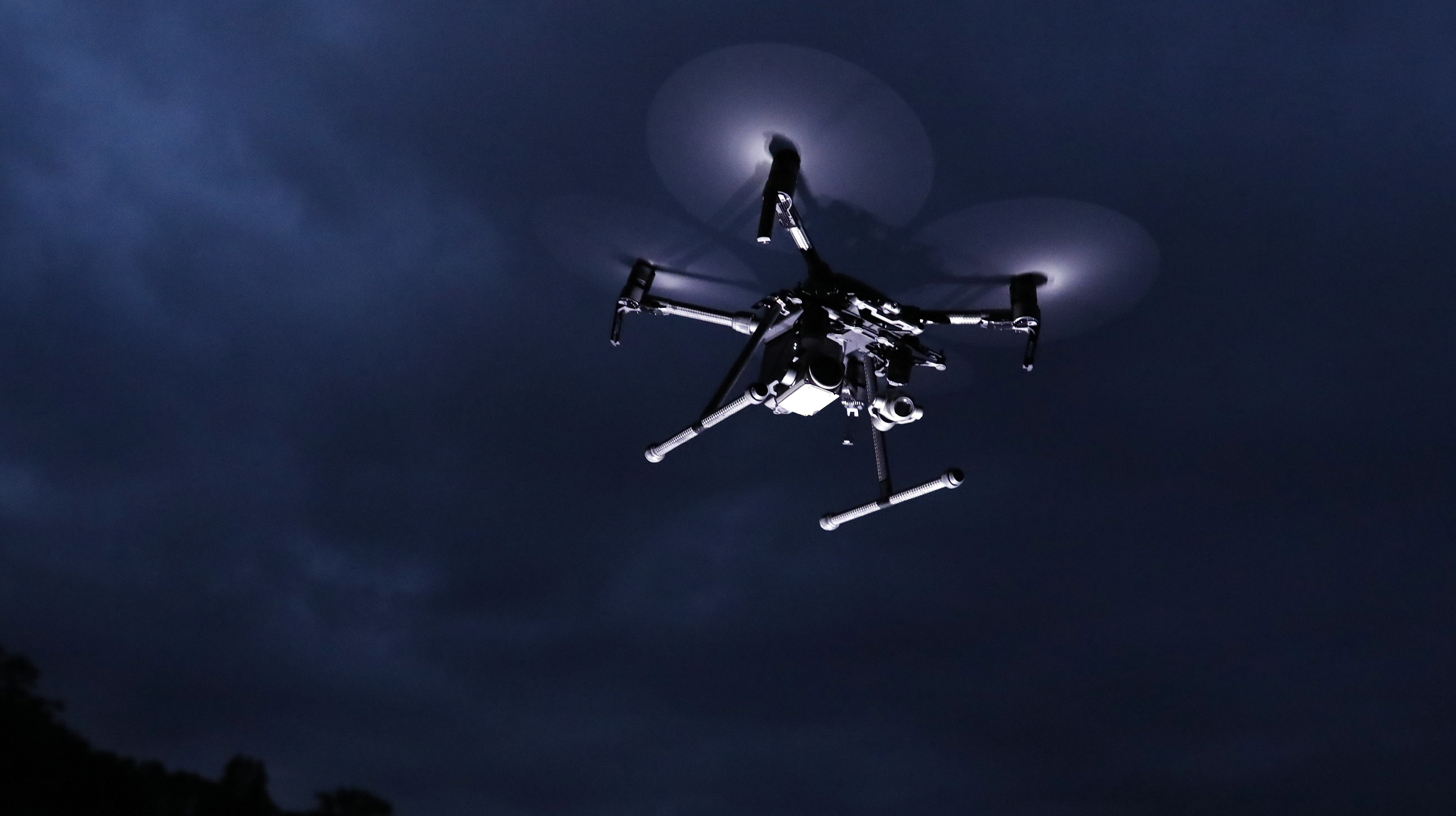
A group of privacy experts and technology giants have come together under the Obama administration to issue guidelines for drone operation without being too intrusive. The suggestions made aren’t mandatory, but some business interests that are part of the debate hope the guidelines will head off tougher regulations, which they believe will smother the drone industry in its early stages. It is important to note that news organizations are exempt from the guidelines on the grounds of free press.
Advocates say drones have a lot of benefits, and from inspecting power lines to distributing medicine to remote areas, their applications have diversified. Google Inc. and Amazon Inc. are already making arrangements to use them for deliveries. The drop in prices has also made drones more popular among hobbyists.
Thus, the National Telecommunications and Information Administration (NTIA) released a compendium of voluntary practices that are suitable for commercial and recreational uses of drones amidst recent fears that drones could breach the privacy of individuals and could be used to collect data for commercial purposes in many previously unforeseen ways. These practices for drone operation are to be used as guidelines by drone users.
Guidelines for Drone Operation Issued by Federal Panel
Scroll down for video

Drones that come equipped with cameras and sensors have raised privacy concerns among the parties involved. Because of this, the Commerce Department’s NTIA recently unveiled the “best practices” for drone operation, which gained support from drone manufacturers, Amazon, various other stakeholders in the industry, and of course, privacy advocates. The suggestions are targeted at commercial and private drone users.
Pres. Barack Obama instructed the NTIA to develop the guidelines regarding drone operation in a memorandum issued previously. Listed below are some of the recommendations:
- Operators shouldn’t fly their drones over private property without the owner’s consent.
- They should alert people in the area ahead of time when it is practical and explain the purpose of the drone flight.
- Unless there is “a compelling need,” operators shouldn’t fly a drone where someone has a reasonable expectation of privacy and a drone should not be used to follow someone continuously.
- Don’t use information gathered by drones for decisions about employment, credit, or eligibility for health care.
- Don’t use personal information for marketing purposes without the individual’s consent.
- Information from drones shouldn’t be held longer than “reasonably necessary,” although exceptions can be made for legal disputes, safety reasons, or with permission of the person being watched.
Registered users
There are over 500 drones registered for commercial use, and over 400,000 hobbyists have registered at least one drone according to the numbers from the Federal Aviation Administration. The prevalence of drones has soared over the past year, and this has increased the pressure on the industry and privacy advocates to agree on guidelines that will govern their use.
The Center for Democracy and Technology has mentioned that it hoped the big companies and individual owners will follow the guidelines. “We’re concerned about the widespread use of drones for surveillance without any rules,” said Chris Calabrese, the group’s vice president of policy. He said the group got all the necessary protections it required in the guidelines, including protection against continued surveillance even in public places and use of drone-gathered information in employment and marketing.
News organizations were included in the discussions, and they were ultimately given an exemption from the guidelines. The standards indicate that news outlets should be able to use drones in the same way they use comparable technology such as planes and helicopters.
An obstruction to freedom?
The guidelines are voluntary and are not enforced on anyone, but some stakeholders involved hope that some very strict regulations would be removed from the guidelines. They fear that these strict guidelines would prevent the growth of the drone industry. Since these are merely voluntary, some drone owners may choose not adhere to them. The NTIA explains that the guidelines are not an obstruction to the freedom of any individual as explained by the United States constitution. The NTIA also warns that these guidelines should not take precedence over any regulation by the Federal Aviation Administration (FAA) and other regulatory bodies. The FAA and some drone advocacy groups have been expressing their desire that drone regulations among all 50 states of the US should be uniform and not be overruled by the law on drones passed in various states.
The FAA has said that it is planning to finalize rules for commercial drone operation by late spring. Draft rules were previously announced which places limit on the height and areas to where drones can fly. They are also banned at night and must be kept in the line of sight of operators.

AOPA
The best practices for drone operation can help promote Department of Commerce priorities by allowing the drone industry “to grow, develop, and innovate while helping to build consumer trust,” said Secretary of Commerce, Penny Pritzker, in a statement.
Drone and industrial groups have encouraged the recommendations. The Association for Unmanned Vehicle Systems International (AUVSI) has recommended that states and cities should allow commercial operators of drones to adopt the guidelines instead of creating numerous different rules to address the issues of privacy.
“The best practices for drone usage are an example of the progress possible when civil society, government, and businesses work together to find solutions,” said Chris Calabrese, vice president of policy at the Center for Democracy and Technology. “Hopefully the broader drone industry and hobbyists alike will embrace these best practices,” he added.
In addition, it would also be helpful to use a GPS tracker for monitoring drones’ whereabouts to know whether they are exceeding boundaries or not.
Watch the video below